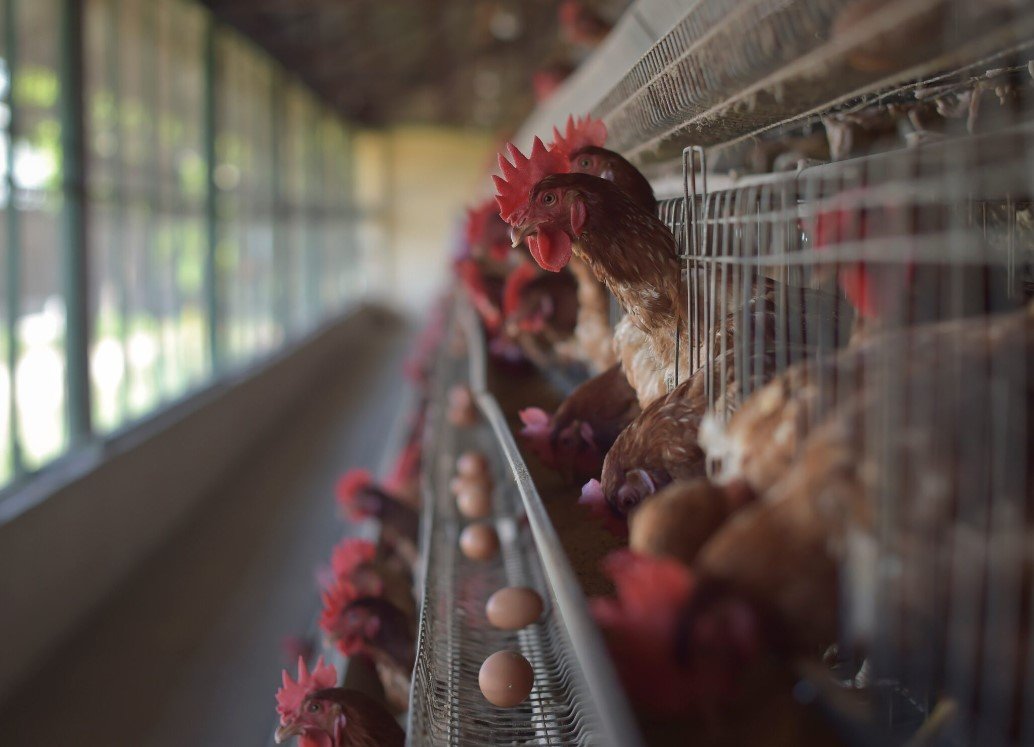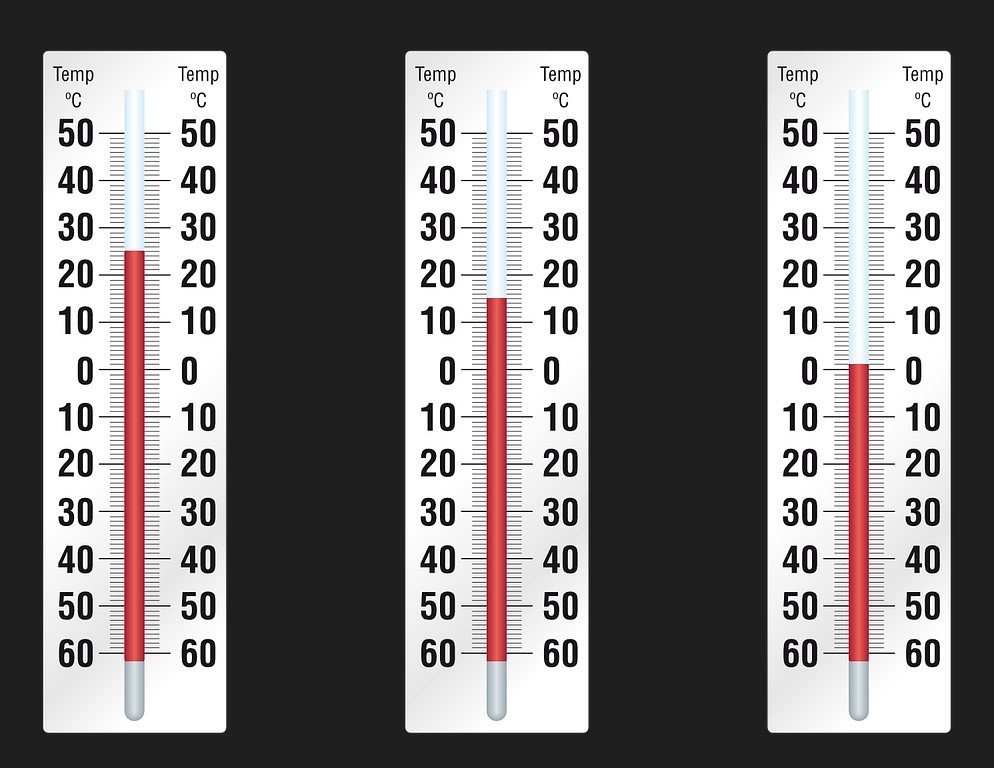As an experienced professional in the painting industry, I understand the importance of a high-quality interior paint job. A well-executed paint job can transform a space, giving it new life and character. However, not all paint jobs are created equal, and signs of a bad interior paint job can be frustrating and disappointing. This article will help you identify these issues and provide solutions to ensure your space looks its best.
What are the indicators that your interior paint job may not be up to par? One sign of a bad interior paint job is uneven coverage, which can result from improper surface preparation or using low-quality paint. Another issue to watch for is visible brush strokes or roller marks, often caused by poor application techniques. Additionally, paint that bubbles, cracks, or peels can indicate a lack of proper surface preparation or moisture problems. By following the advice in this article, you’ll be able to identify and rectify these issues, ensuring a beautiful and long-lasting paint job. So, let’s dive in and learn how to spot the signs of a bad interior paint job!
What Makes a Good Interior Paint Job
A good interior paint job is characterized by even coverage, smooth application, and long-lasting durability. These qualities are the result of proper surface preparation, the use of high-quality paint products, and skilled application techniques. In this section, we will discuss the factors that contribute to a successful interior paint project and how they can help you avoid common painting pitfalls.
Proper surface preparation is essential for a good paint job. This includes cleaning the walls, removing any existing paint or wallpaper, repairing any cracks or holes, and applying a primer if necessary. Ensuring a clean, smooth surface allows the paint to adhere properly and prevents issues like peeling or bubbling.
Choosing high-quality paint is another critical factor in achieving a beautiful and durable finish. Quality paints offer better coverage, require fewer coats, and are more resistant to fading, chipping, or cracking. Additionally, investing in quality brushes and rollers can make a significant difference in the smoothness and consistency of your paint application.
Finally, employing proper painting techniques is key to a good interior paint job. This includes using the appropriate type and size of brush or roller, maintaining a consistent pressure while applying the paint, and following the recommended drying times between coats. By paying attention to these details, you can avoid common problems such as visible brush strokes, roller marks, or uneven coverage, ensuring a professional-looking result.
Common Signs of Poor Paint Application
A poorly executed paint job can detract from the overall appearance of a room and may even require costly repairs or repainting. Recognizing the signs of poor paint application is essential to ensure that your interior paint project is completed to a high standard. In this section, we will discuss some common indicators of subpar paint application and how they can impact the final result.

Signs of a Bad Interior Paint Job: What to Look For
Some of the most prevalent signs of poor paint application include:
- Uneven coverage: This can manifest as patchy areas where the underlying surface is still visible or as streaks and lap marks caused by overlapping layers of paint.
- Visible brush strokes or roller marks: These imperfections can be the result of using low-quality brushes or rollers, applying too much pressure during painting, or not maintaining a wet edge while working.
- Bubbling, cracking, or peeling: These issues often stem from improper surface preparation, such as inadequate cleaning or priming, or from applying paint to a damp surface.
- Drips and runs: Excess paint that has been allowed to accumulate and run down the wall can create unsightly drips and runs, which are often the result of overloading the brush or roller with paint.
By being aware of these common signs of poor paint application, you can take the necessary steps to ensure that your interior paint project is completed to the highest possible standard, resulting in a beautiful and long-lasting finish.
How to Identify Uneven Coverage and Inconsistencies
Uneven coverage and inconsistencies in an interior paint job can be frustrating and unattractive, affecting the overall appearance of a room. Being able to identify these issues is crucial in ensuring a high-quality finish. In this section, we will discuss some common signs of uneven coverage and inconsistencies, as well as how to spot them in your paint job.
To identify uneven coverage and inconsistencies in a paint job, it’s essential to carefully examine the painted surfaces in various lighting conditions. Natural light, as well as artificial light sources, can reveal different aspects of the paint job. Look for areas where the paint appears thinner or where the underlying surface is visible. This can indicate insufficient coverage or the need for additional coats of paint.
Inconsistencies such as streaks, lap marks, or visible brush strokes can also be detected by closely inspecting the walls. These issues are often caused by improper painting techniques, such as applying too much pressure, using low-quality brushes or rollers, or not maintaining a wet edge while working. By being vigilant and attentive to these details, you can ensure that your interior paint job is smooth, even, and free of imperfections.
The Importance of Proper Surface Preparation
Proper surface preparation is a crucial aspect of any successful interior paint job. A well-prepared surface ensures that the paint adheres correctly, resulting in a smooth and even finish that will stand the test of time. In this section, we will discuss the reasons why proper surface preparation is essential and the steps involved in achieving a well-prepared surface for painting.
A poorly prepared surface can lead to a host of problems, such as peeling, bubbling, or cracking paint. These issues not only detract from the overall appearance of the painted area but can also require costly repairs or repainting. By taking the time to adequately prepare the surface, you can avoid these complications and achieve a professional-looking result that lasts.
Preparing a surface for painting involves several steps, including cleaning, repairing any damage, and priming. Cleaning the surface is essential to remove dirt, grease, or other contaminants that may interfere with paint adhesion. Repairing any existing damage, such as cracks, holes, or uneven areas, ensures a smooth and even surface for the paint to adhere to. Finally, applying a primer helps create a uniform base for the paint, promoting better adhesion and improving the durability of the final finish. By following these steps and prioritizing proper surface preparation, you can ensure that your interior paint job is both beautiful and long-lasting.
How to Fix a Bad Interior Paint Job
Dealing with a bad interior paint job can be both frustrating and time-consuming. However, by identifying the underlying issues and taking the necessary steps to address them, you can salvage the situation and achieve a professional-looking result. In this section, we will discuss some general guidelines for fixing common paint problems and improving the overall appearance of your painted surfaces.
To fix a bad interior paint job, first, determine the specific issues that need to be addressed. These may include uneven coverage, visible brush strokes or roller marks, bubbling, cracking, or peeling paint. Once you have identified the problems, consider the following solutions:
- For uneven coverage or visible brush strokes, lightly sand the affected areas to smooth out imperfections and apply additional coats of paint as needed.
- If you are dealing with bubbling or peeling paint, remove the damaged paint layers and ensure that the surface is clean and dry before applying a primer and repainting.
- To address cracking paint, use a putty knife or scraper to remove loose paint chips, fill any cracks with a suitable filler, sand the surface smooth, and then prime and repaint.
By carefully assessing the specific issues in your interior paint job and implementing the appropriate solutions, you can transform a disappointing paint project into a beautiful and long-lasting finish.
To Wrap Up
A successful interior paint job relies on proper surface preparation, the use of high-quality paint products, and skilled application techniques. By paying close attention to these factors and addressing any issues that arise, you can ensure that your painted surfaces are both beautiful and long-lasting. With the right approach and a little patience, you can transform a bad interior paint job into a stunning, professional-looking space.
Don’t be discouraged if you encounter problems with your interior paint job. By identifying the signs of poor paint application, uneven coverage, or inconsistencies, you can take the necessary steps to fix these issues and achieve the desired result. A well-executed paint job can enhance the aesthetics of your space and bring a smile to your face every time you enter the room.
Frequently Asked Questions
[faq-schema id=”879″]
















